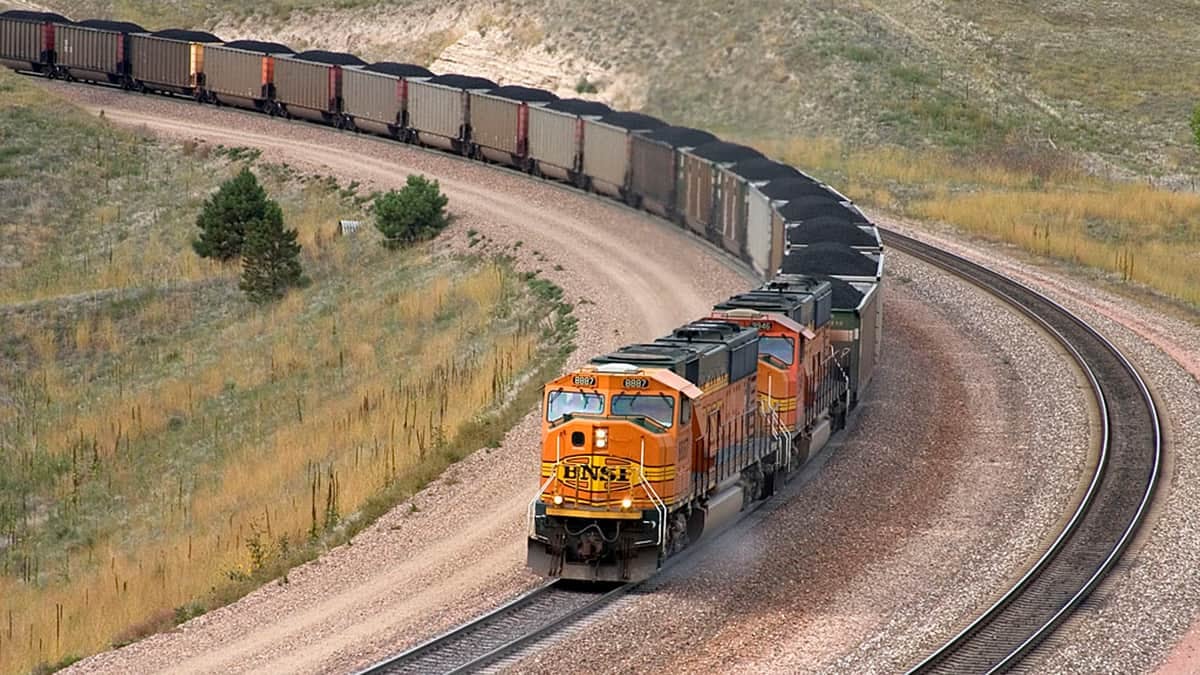U.S. rail volumes were down yet again last week amid expectations that lower rail volumes will translate into adequate rail capacity for the remainder of this year.
Year-to-date U.S. rail volumes totaled 19.7 million carloads and intermodal units for the week ending September 21, a 3.8 percent drop compared with the same period in 2018, according to data from the Association of American Railroads (AAR). Of this total, the U.S. operations of freight railroads moved 3.6 percent fewer carloads, at 9.6 million carloads. U.S. rail operations also hauled 4 percent fewer intermodal units, at 10.1 million intermodal containers and trailers.
On a weekly basis, total U.S. rail traffic fell 6.8 percent to 528,670 carloads and intermodal units.
Looking at North American rail volume overall, year-to-date total traffic equaled 26.2 million carloads and intermodal units. Of that, North American carloads fell 2.5 percent to 13.5 million carloads, while the continent’s intermodal units fell 2.9 percent to 13.4 million intermodal containers and trailers.

Source: FreightWaves SONAR graphing AAR data
Investment firm Cowen recently surveyed rail shippers in the third quarter, and the results reflect the ongoing theme of macroeconomic uncertainty coupled with cautious resilience. Among those who answered the survey, 39 percent of shippers said they were concerned about rail capacity. While this is up from a response of 38 percent in the second quarter, the third quarter figure is the second-lowest since the third quarter of 2017, Cowen said. A competitive truck market continues to weigh on rail volumes, as well as uncertainty over U.S. trade actions and the country’s economic health, the company said in a September 25 research note.
The areas most vulnerable to rail capacity constraints are for track and for equipment such as boxcars, gondolas and centerbeams, according to survey participants. Participants are less concerned about available capacity for locomotives, hopper cars, tank cars and containers, the Cowen survey said.
Meanwhile, when the Cowen survey asked shippers about their rail equipment needs, about 53 percent of shippers said they might or will order railcars sometime in the next 12 months, which is up from 49 percent in the second-quarter survey.
“Railcar demand appears to be holding up at the modest levels we saw last quarter despite continued rail traffic declines and ongoing PSR [precision scheduled railroading] implementation. Barring a recession, orders are unlikely to fall below replacement demand of ~10,000-12,000 units/quarter for the balance of the year,” the research note said.








Noble1
Quote:
“One of the 10 carload commodity groups posted an increase compared with the same week in 2018. It was chemicals, up 532 carloads, to 32,280. ”
https://www.aar.org/news/rail-traffic-for-the-week-ending-september-21-2019/
Quote:
“IHS Markit Flash U.S. Manufacturing PMI™ Adjusted for seasonal influences, the IHS Markit Flash U.S. Manufacturing Purchasing Managers’ Index™ (PMI™)1 recovered slightly to 51.0 in September, up from 50.3 in August and the highest reading since April. The latest reading signalled a modest overall improvement in manufacturing sector business conditions”
https://www.markiteconomics.com/Public/Home/PressRelease/a37ed6d3c08e4ce4a68711ffaba8423d